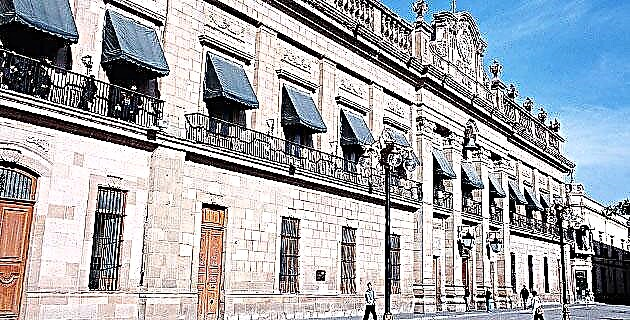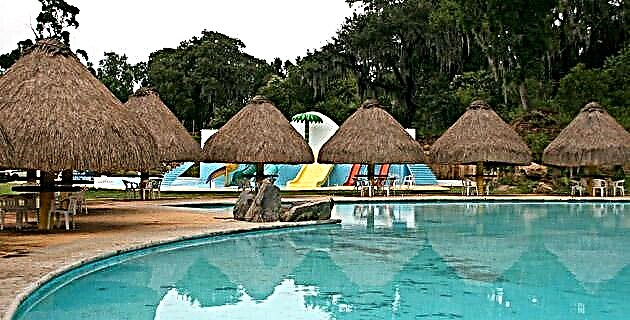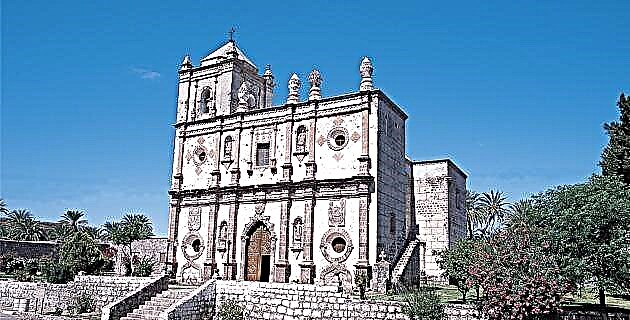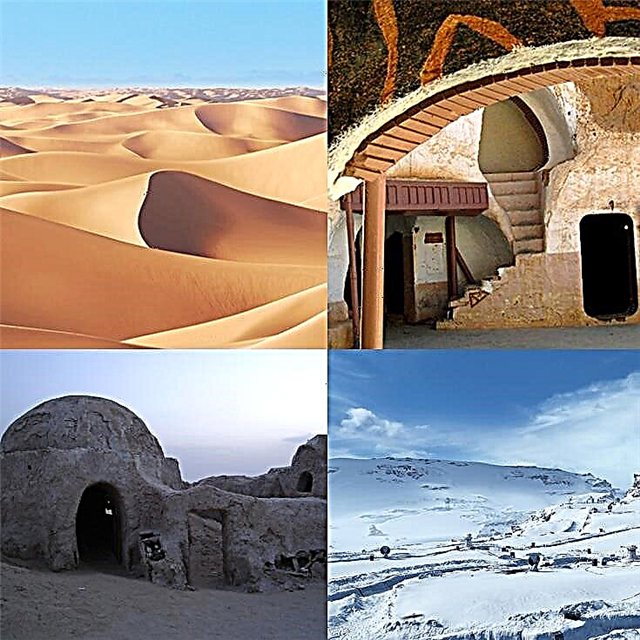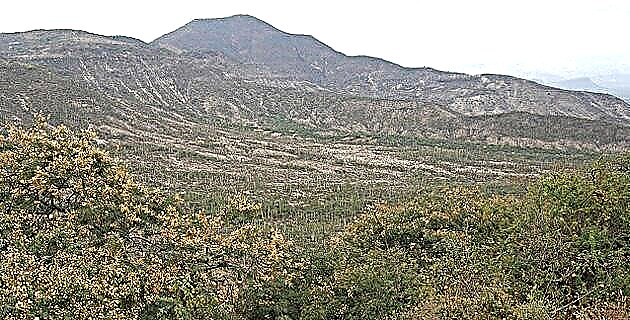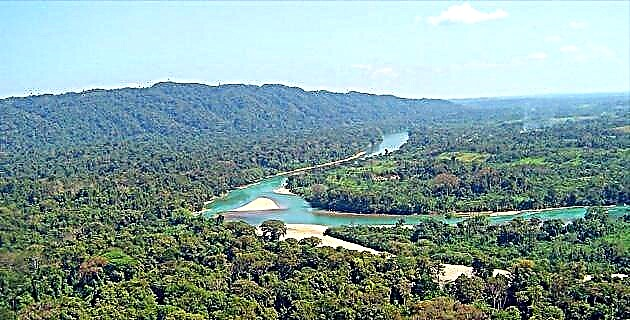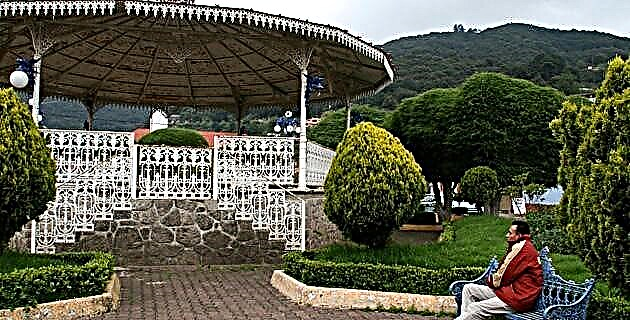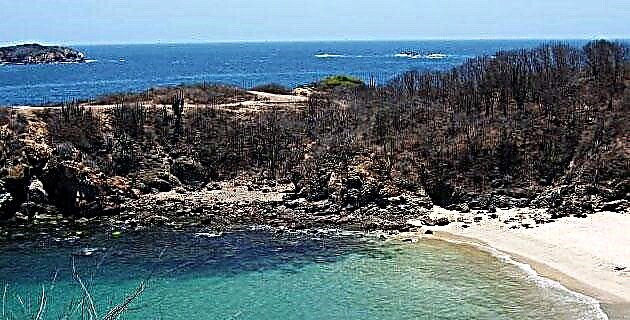
Between Punta Rivas and Punta Farallón the incomparable Bay of Chamela runs wide and quiet, where 11 islands close, together with several islets, the ideal setting for one of the most spectacular beach tourist destinations on the coast of Jalisco.
Here wildlife is present in all its splendor. Chamela is the only bay in all of Mexico with more islands in its interior. The cove measures 13 km. of extension. It has great tourism services and is very accessible from Puerto Vallarta or Barra de Navidad by the Road of the 200 Beaches. One of its 11 islands is called La Pajarera or Pasavera and there is an extensive colony of seabirds, among which the famous boobies stand out. The islands and beaches are called: La Novilla, Colorada, Cocina, Esfinge, San Pedro, San Agustín, San Andrés, La Negra, Perula, La Fortuna, Felicillas and San Mateo. These last four do not have hotels along their length but there are modest lodges and palapas; its waves are strong but not dangerous. Meanwhile, Las Rosadas is the open sea; Since you can count seven big waves in a row, it is not dangerous. The continental relief of this beach varies to such a degree that after the waves you can walk calmly, as the water reaches your ankles. Also in the Bay of Chamela you can admire beaches such as Cala de la Virgen, Montemar, Caleta Blanca or Rumorosa and Playas Cuatas.
Caleta Blanca or Rumorosa is a place where the waves vary from strong to very calm, but without problems to enjoy its waters. The road to get there is a bit winding and lacks signs.
Playas Cuatas are located in the El Paraíso ranch, the entrance is paved; They are two small beaches with calm waves, good for sailing or skiing. One of them is completely covered by rocks and the other is almost white sand.
Chamela Bay shares other unique places: Careyes beach, a modern tourist development surrounded by jungle and clean beaches; Tapeixtes, a very small beach that can only be visited by sea; the boat leaves Careyes. The waves of its calm waters allow you to swim without problems or enjoy its beautiful landscape. It does not have services; Playa Rosa, a small private beach, with calm waves. Access is on the road to Careyes; its sand is white and very fine. It is the only point where you can rent yachts. There is a restaurant that offers international food and two bungalows to stay; and Careyitos - 2 km. long - is on the road that leads to Careyes. In this last beach you can fish or swim on the shores, since the undertow in the center of it is very strong. In times of rain, a marine forms that becomes a crab nest.
At the height of Punta Farallón is located El Faro, a beach that is located at the entrance of Teopa. To get there it is necessary to follow the path that is on the right. The peculiarity of this site is that small pools are formed between the stones. You cannot swim but it is advisable to visit the two lighthouses that embellish the place - one that is currently out of service and the other recently built - or admire the face of a pirate on one of the rocks at the entrance to the Beach.
Towards the left side, following the same gap after a construction known as Ojo de Venado, is Tejones, a beach where there are no services and the waves are also strong. As well as Ventanas, a small beach where you cannot swim because there are many rocks that form windows, hence its name. It is very airy here, the sand is thick and the waves are strong.
Later, by km. 43.5 of the Melaque-Puerto Vallarta highway is a gap of 6 km. leading to Playa Larga or Cuixmala. The beauty of this place, which has a length of 5 km. lies in its open sea. Swimming is not recommended as there is a lot of current and the continental cut is almost where the wave breaks. This beach has become the place of refuge for thousands of turtles.
Piratas can only be visited between March and June, since the rest of the year the vegetation is very dense and the path is lost. The sea here is open. To get there it is necessary to take highway number 200, enter through the Zapata ejido and travel 10 km. gap.
We leave this road and go towards the open sea coast. There where the cliff faces the water that polishes its rock, with formidable and thunderous waves. The place is called El Tecuán. It is the best balcony that can be found to admire the proverbial sunsets on the horizon of the Mexican Pacific. And from Tecuán, we continue to another superb setting: Bahía de Tenacatita, so visited in 1984 due to an annular solar eclipse. Here is the Los Ángeles Locos de Tenacatita beach, 5 km. long; it has an estuary that faces the sea and where the waves vary from strong to very calm. However, in both you can swim. The estuary offers a place to stay.
To the south is Boca de Iguanas, a place with very transparent and calm waters, ideal for resting. There is a trailer park with all services. As a curious fact on this beach there is an abandoned hotel.
The Tamarindo is one km. of length; It is a beach with calm waves, its access is through a private property and from it you can admire the Bay of Tenacatita. And finally, the great Christmas gift: The historic Puerto Santo on the Jalisco coast in Nueva Galicia, of great importance during the Colony.


